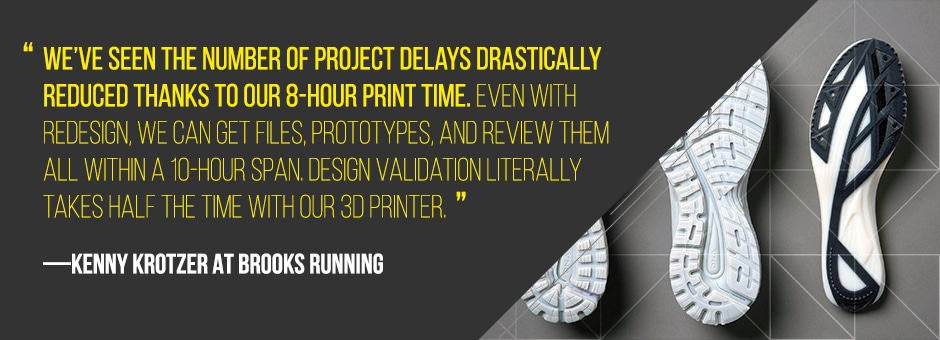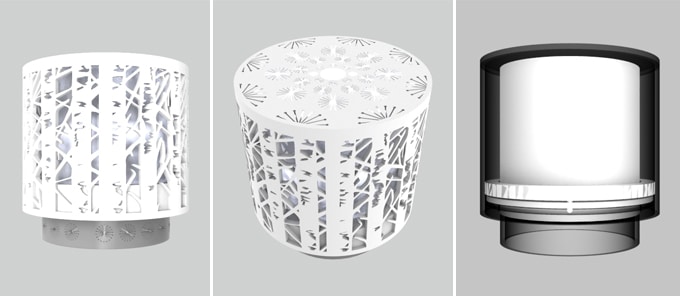EE Journal Podcast with Rich Stump
Fathom Co-Founder and Principal Rich Stump was featured on Electronic Engineering Journals Fish Fry Podcast with host Amelia Dalton. In the conversation, Rich and Amelia touch on the state of the 3D printing industry today, manufacturers increasing embrace of additive technology and the most innovative applications of 3D printing in the Fathom arsenal—a few excerpts from the interview below.

EE Journal / / How are manufacturers integrating 3D printing into production beyond the prototyping phase?
Rich Stump // Weve seen a trend in the last 36-48 months of 3D printing and additive manufacturing being used for more downstream applications, meaning more manufacturing applications. What customers are looking towards, as the materials and processes have matured and the material costs have come down slightly and new entrants into the market from a hardware perspective, what it allows us to do is use these machines for unique applications for production…Often cases in some industries, you see 3D printing being used for end-use parts, which we call direct digital manufacturing.
EE Journal / / How does Fathom accelerate product development in ways that other companies cant?
Rich Stump / / We try to find unique applications where customers are trying to solve complex problems, where we can use technologies such as 3D printing or other software and hardware tools, to solve these problems. We look for areas that are a challenge, where we can integrate our expertise and some of these technologies to really do something unique for a customer.
EE Journal / / How are large-scale manufacturers using 3D printing and other additive technologies to achieve certain functionalities in products?
Rich Stump // Traditional manufacturing typically has constraints that dont allow us to achieve some products or possibilities. But with additive or 3D printing, we dont necessarily care about how complex the shape is. So this opens up a whole new problem set and the ability to design more effective and efficient products by using what we call the freedom of design or freedom of complexity. Some of the large scale manufacturers are looking to additive to solve some high-value engineering and business problems.
EE Journal / / Medical and dental industries typically use 3D printing because of their needs for custom, hyper-specific products, but do you see mass customization spreading to other industries?
Rich Stump // Absolutely, this is a trend that weve seen over the last couple years as the technology matures and comes more into production applications. Weve seen in the medical and dental market, for some time now, 3D printing being used because each of us, as humans, have specific geometries and the need for customization as individuals. What were seeing in other industries, sometimes even in consumer goods, is that we all want customized products. In manufacturing with 3D printing, each product that we make can be different than the previous one.
To learn more about ways companies are using 3D printing and other technologies to bring concepts to life, check out some of our work with Infinite Uptime, Anvil Studios, Recoup Fitness, and TerraBaby.


